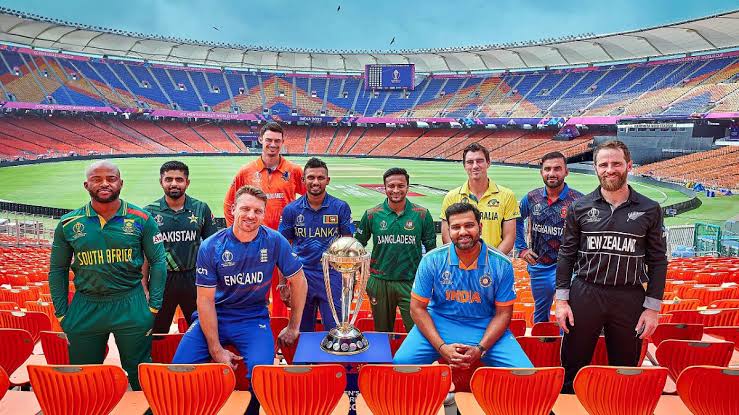In the past few years, cricket games appear to have become very popular in countries which don’t have a long tradition in the sport or where this sport is not deeply embedded in their culture. That’s basically because cricket is getting worldwide and it’s going global, as a result of the growth of the league-style structure that is now seen in the cricket organizations.
We have most likely moved away from what cricket had once been and we are heading towards – or maybe we have already embarked on- a new version of the sport.
One that departs from its traditional structure and emphasis on international tournaments or competitions and lands on more league-based sports, such as football. It’s no wonder that you can see cricket betting sites in Germany, let’s say being almost equally popular among bettors like football betting sites or any other top sport for that matter.
People around the globe have started to watch cricket with the same passion, enthusiasm and interest that they are watching more mainstream and competitive sports. And this is definitely a result of how cricket is played now.
Some analysts have voiced their concerns, saying that cricket is heading towards ‘footballization’ or that it grows more and more into a sport like football, where leagues are the dominant structures around which the sport unfolds and clubs get to have the final say in cricketers’ moves and decisions.
How is cricket becoming more like football?
Well, cricket seems to be adopting the football-like structure, which is based on leagues’ format. This has been around for nearly two decades now, with the introduction of T20 leagues, but it has been intensified with the franchise of such leagues in the past few years.
At the moment the IPL – the most popular T20 league- has 10 franchises in India and this is not the only case. Franchised T20 leagues are continuously gaining ground, taking up more space in the cricket calendar of nations and slowly shortening the international cricket season year by year.
The growing popularity of T20 leagues resides in their format and the fact that they are more easily watched and followed by fans. They are shorter than the traditional matches, they are more intense and they are quicker.
So they offer condensed experience for the casual sports fans on the one hand, and more chances to get this experience on the other hand. Since there are many such leagues and they are shorter, then there can be more of them during the season. This comes in handy for the sports bettors as well, who want to have more action in cricket, just like they do when they are betting on football.
But what does ‘footballization’ mean in practice?
Having cricket being ‘footballized’ first of all means that there is more cricket going on all year round and so more audiences get to watch the sport. More of the sport and more of the audiences, also mean more revenues for the different leagues.
More revenues for the leagues, mean that the leagues’ clubs have more money to give for the contracts of players and thus more revenues for the cricketers. And this ultimately changes everything, because players get to be more tied to and consumed with the leagues and “less” available for international cricketing – which after all is the fundamental base value of cricket as a sport.
So, having cricket being ‘footballized’ simply means that leagues get to be on the top of priorities of all players and when this happens, by definition, international cricket games come second.
Leagues are getting stronger and they acquire more power in managing their players. When the cricket calendar is filled with league matches in between the international tournaments, then the leagues – and in fact the clubs – have a say in the players’ appearance in the national teams. They can release their players and make them available for the national teams, but they can also hinder their participation. It all becomes a matter of leagues and in this way, cricket is gradually losing its essence – which is deeply embedded in international competitions and bilateral series.


